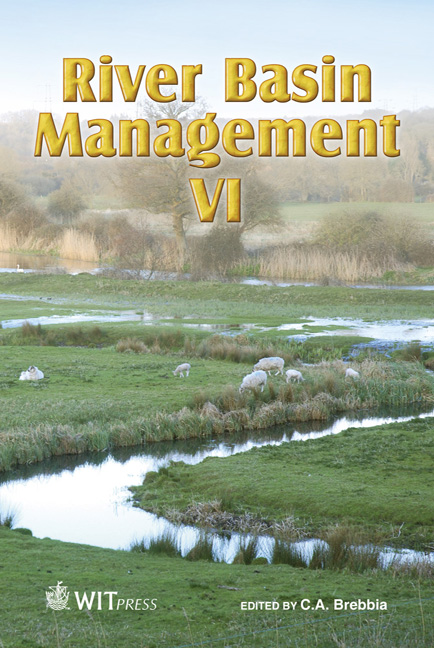Estimating Slope From Raster Data: A Test Of Eight Different Algorithms In Flat, Undulating And Steep Terrain
Price
Free (open access)
Transaction
Volume
146
Pages
12
Page Range
143 - 154
Published
2011
Size
696 kb
Paper DOI
10.2495/RM110131
Copyright
WIT Press
Author(s)
J. Tang & P. Pilesjö
Abstract
Eight frequently used slope algorithms based on a DEM (Digital Elevation Model) have been compared in flat, gently sloping/undulating, and steep terrain in order to investigate differences in estimated results. The matter of scale/resolution has not been considered, and the focus has not been on comparing the estimates with \“ground truth” data but on comparisons between the different algorithms. Pair-wise statistical tests have been carried out to detect significant differences between the methods in general, and also between different terrains. In this way, we make explanations and recommendations regarding these differences and \“best practice” depending on data/terrain. Keywords: DEM, slope, algorithm, terrain. 1 Introduction The estimation of slope from a regularly-gridded DEM is a common procedure in terrain analysis. Some authors have evaluated the accuracy of various slope algorithms, using different assessment methodologies. The results of the slope estimations are always dependent on the generalization/resolution and quality of the DEM. Even though a number of studies, based on different types of \“ground truth” data, have been presented, there are no reports with the aim to investigate possible differences between different slope algorithms and their sensitivity in different terrain. In this paper, eight frequently used slope algorithms are evaluated against each other. They are applied in three different terrain forms, namely flat, gently sloping/undulating, and steep terrain. The estimated slope
Keywords
DEM, slope, algorithm, terrain





